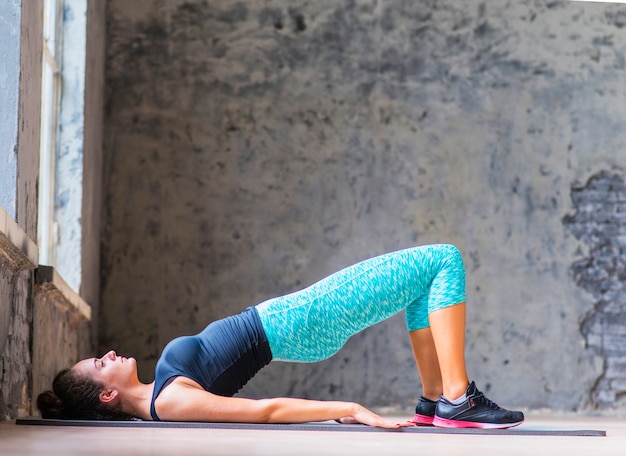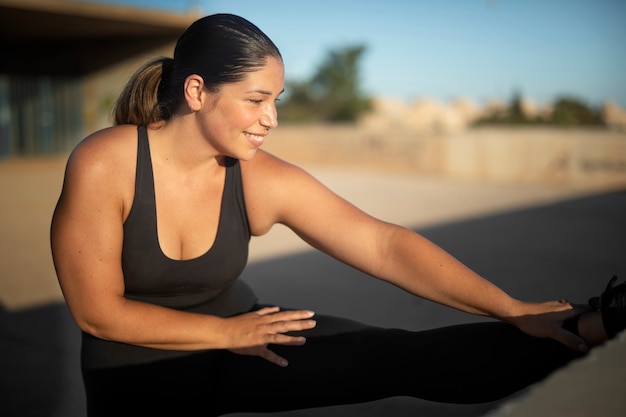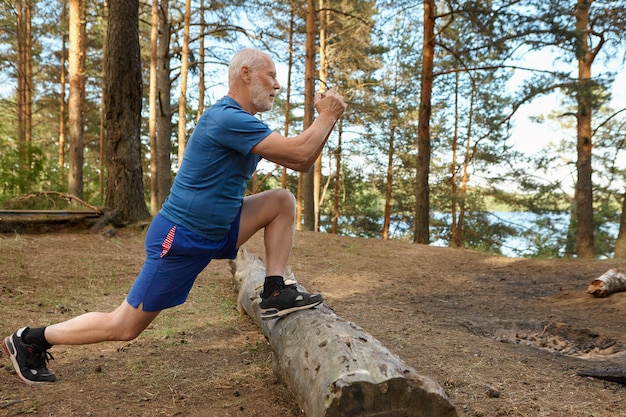When most people think of core strength, they picture six-pack abs or complex gym routines. But true core stability goes far beyond aesthetics—it’s foundational to posture, balance, injury prevention, and overall physical performance. For beginners interested in biohacking, improving core stability is a powerful yet often overlooked starting point. The good news? You don’t need hours at the gym. With short routines, simple habits, and evidence-based tracking, you can biohack your way to a stronger, more resilient core.
Biohacking refers to making small, measurable changes to your lifestyle, environment, or biology to optimize health and performance. It’s about using science, data, and self-experimentation to upgrade your body’s function. Core stability—a key component of functional fitness—directly impacts everything from spinal health to athletic performance and even breathing efficiency.
A strong core isn’t just about visible muscles; it involves deep stabilizing muscles like the transverse abdominis, multifidus, diaphragm, and pelvic floor. These muscles work together to support your spine, maintain posture, and transfer force efficiently during movement.

You don’t need long workouts. Research shows that brief, consistent core training improves stability and reduces lower back pain. Try this beginner-friendly routine 3–5 times per week:
Lie on your back, arms extended toward the ceiling, knees bent at 90 degrees. Slowly extend one arm and the opposite leg while keeping your lower back pressed to the floor. Return and repeat on the other side. This activates the deep core muscles while protecting the spine.
On hands and knees, extend one arm and the opposite leg simultaneously. Keep your hips level and avoid rotating. This improves coordination and spinal stability.
Hold a forearm plank with elbows under shoulders and body in a straight line. Engage your core and glutes. Avoid sagging hips or lifting the buttocks too high. This builds endurance in the entire core musculature.
Lie on your back with one hand on your chest, the other on your belly. Inhale deeply through your nose, letting your belly rise. Exhale slowly through pursed lips. This strengthens the diaphragm and improves intra-abdominal pressure, a key factor in core stability.

Biohacking isn’t just about exercise—it’s about integrating smart habits into everyday life. These small changes compound over time:
Multiple studies support the benefits of core stability training. A 2020 meta-analysis published in the Journal of Sports Science & Medicine found that core stabilization exercises significantly reduce chronic lower back pain and improve functional movement. Another study in Physical Therapy in Sport showed that athletes who included core training in their regimen had better balance and reduced injury rates.
Furthermore, research confirms that even short-duration training (under 15 minutes, 3x/week) leads to measurable improvements in core endurance and postural control within 6–8 weeks.
One of the pillars of biohacking is measurement. Use these simple tracking methods:
Biohacking your core doesn’t require fancy equipment or extreme routines. By integrating short, evidence-backed exercises and mindful daily habits, you can build a stronger, more stable foundation for your body. Over time, this leads to better movement, reduced injury risk, and improved overall well-being. Start small, track consistently, and let your body’s response guide your progress.
Your core is more than a set of muscles—it’s your body’s central command center. Hack it wisely, and you’ll feel the benefits in every step you take.

Fitness

Fitness

Fitness

Fitness

Fitness

Fitness

Fitness

Fitness

Fitness

Fitness

Fitness

Fitness

Health

Fitness

Health

Health